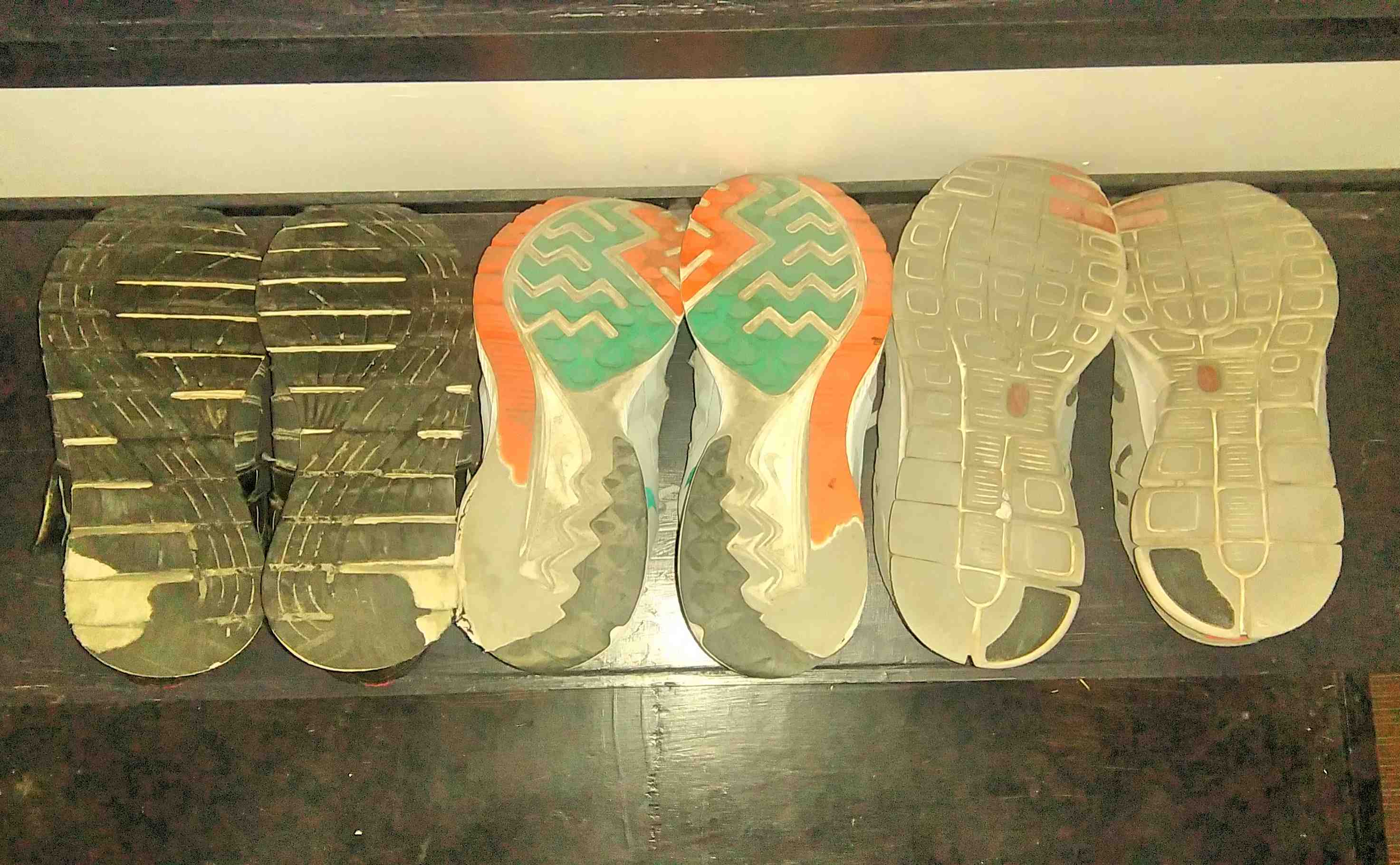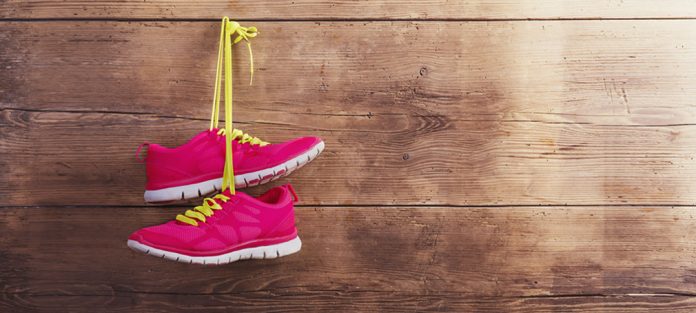Running shoes have a lifespan. Shoes wear and tear over time, and so does the cushioning and support your shoes have to offer. This is why you should always replace your running shoes.
Why Change Your Running Shoes?
In our running shoes, there is a midsole which has the function of providing us cushioning and support. When we run, we apply pressure and it is this midsole that absorbs this pressure. The midsole compresses and returns the energy to us as we begin our next stride. This is the bounce feel we often experience in our shoes when we run. After some time, this midsole loses its ability to absorb this stress and becomes dead. It no longer has this bounce feel, nor the cushioning and support it once had to offer. This can often lead to injuries.
Just like pickleball shoes or any other sports shoes you buy, getting the maximum support should be the guiding principle when determining the need for a replacement. The shoes must always give you maximum grip and comfort without putting you at risk of sliding or injuries.

But then there is the question of how often should you replace them? How often really depends on a number of factors – your mileage, the terrain, and your bodyweight.
Read More: How To Buy Your Next Pair Of Shoes?
Mileage
As a general rule of thumb, your shoes have a lifespan of 600 – 800 kilometers. That being said, racing flats have a thinner outsole to facilitate it being lightweight. This thinner outsoles mean that it is easier to wear out as compared to training shoes which have a thicker outsole. Racing flats should be replaced approximately every 400 – 500 kilometers.
Terrain
Your shoes will wear out faster if you are running on the road all the time as compared to running on a cross-country terrain. This is because, on road, you will always land in the same plane. On the other hand, in the trails, the terrain makes it such that you will always be moving in different planes, landing in different directions. This slows down the wear and tear.
Read More: 5 Mistakes Runners Make When Buying Running Shoes
Bodyweight
A heavy runner puts their running shoes through more stress and work. This is because the running shoe has to absorb the shock of more weight. A heavier person causes more force to be applied to the midsole of the shoe. The midsole has to work harder to absorb this force and hence wears out faster.
Telltale Signs

- Your outer sole has completely worn out and the white midsole is exposed
- Your shoes no longer stand up straight when placed on a flat surface. It wobbles.
- You no longer feel the bounce in your shoes when you run
- You see cracks and creases in the white midsole
- You have exceeded 800 kilometers of running in your shoes
Keep Track Of Your Shoe Mileage
This is why it is important to keep track of your running shoe mileage. You can do this by keeping a simple running shoe mileage diary. You can even use running apps such as Strava that allows you to keep track of your mileage in different pairs of shoes!


